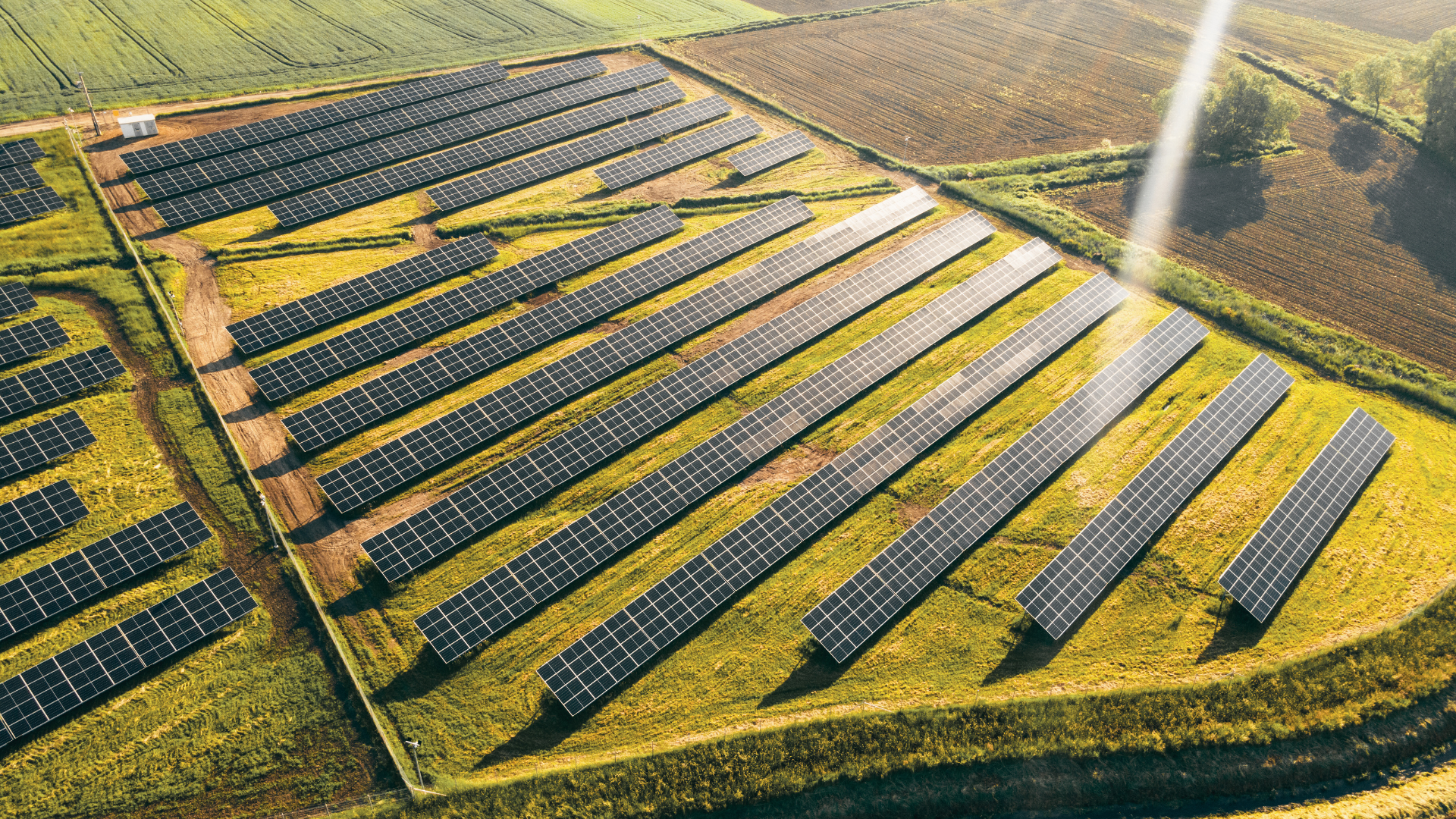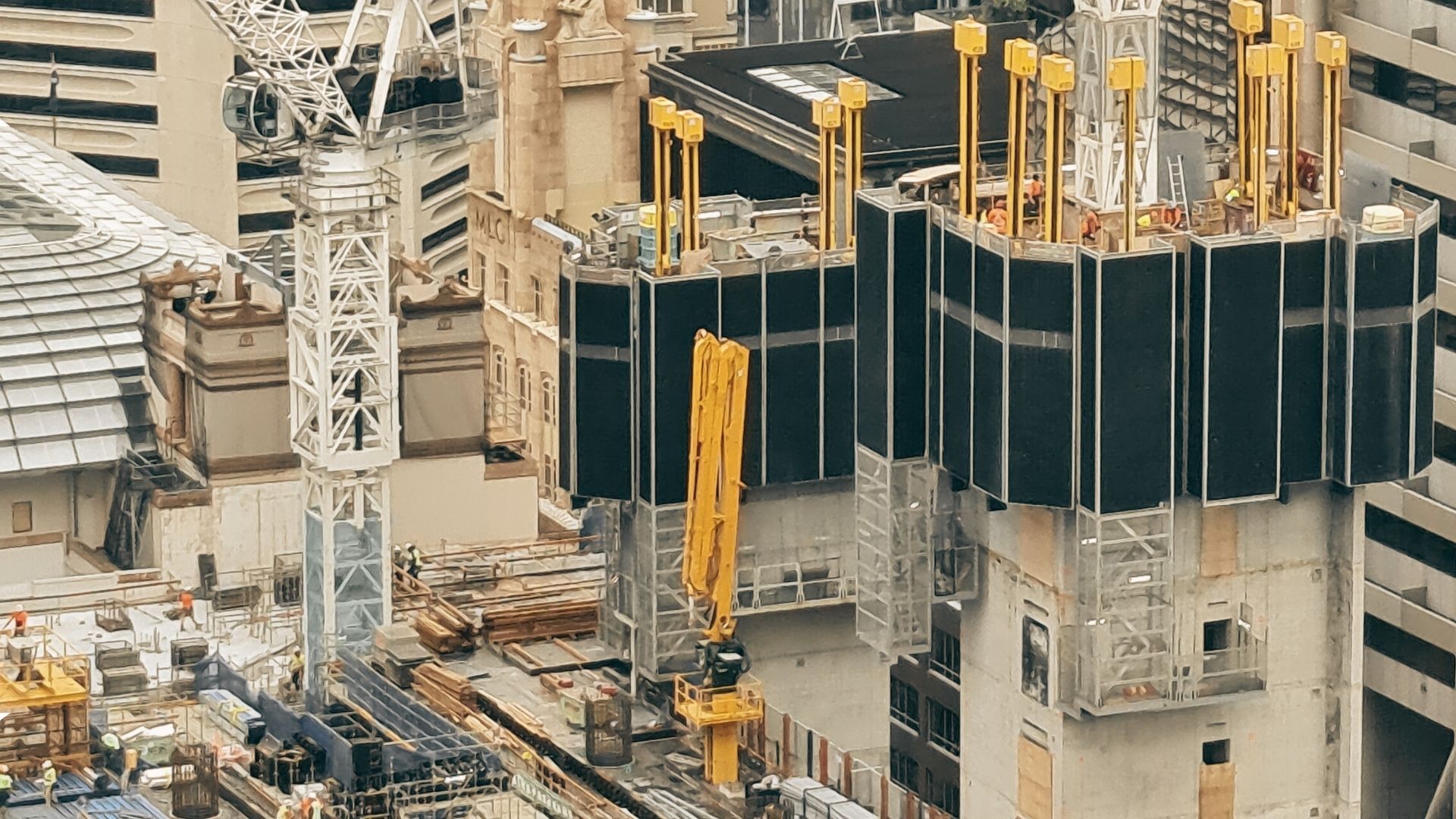Pipe Dreams: When Housing Approvals Outrun the Plumbing
The NSW construction sector is confronting a misalignment between housing supply targets and the on-the-ground reality of inadequate enabling infrastructure.
A bottleneck has emerged, stalling tens of thousands of approved homes across the state, particularly in Western Sydney’s greenfield growth areas, due to a lack of essential services like sewerage, water and roads [3, 4].
This issue is not confined to new suburbs; established areas such as North Sydney are also experiencing severe strain on local services from increased density, prompting councils to seek new revenue streams [5].
In response, the NSW government is implementing regulatory measures like dwelling caps, directly linking development potential to infrastructure delivery [4].
The industry is now navigating a landscape where project viability hinges less on zoning and more on the coordinated delivery of fundamental state and local infrastructure.
The Greenfield Gridlock: Infrastructure Deficit Stalls Western Sydney Housing
A crisis is unfolding in NSW’s housing pipeline, with a national report identifying that about 82,500 approved homes are stalled due to a lack of enabling infrastructure [6]. This issue is acutely concentrated in Western Sydney, where an estimated 23,600 homes are unable to proceed with construction because of deficiencies in sewerage, stormwater, and road networks [4].
The impact is severe in key growth corridors, with upgrades to the Bingara Gorge Sewage Treatment Plant delaying 12,000 lots in Greater Macarthur, and the future Appin development of 13,000 homes facing potential decades-long delays [4].
This shortfall is attributed to a misalignment between state planning and infrastructure funding, creating uncertainty for developers and buyers alike [3]. The human cost is tangible, with some first-home buyers who purchased land in Wilton in 2021 now facing a potential wait until 2028 for essential water and sewer connections [3, 4].
In response, the NSW government has acknowledged past planning mistakes and is now imposing "dwelling caps" in areas like Appin and Penrith, explicitly stating that housing density will only be adjusted in line with infrastructure delivery [3, 4].
This reactionary policy constrains the supply pipeline, tying the construction of thousands of homes to the state's ability to deliver essential services.
Planning vs. Reality: Councils Confront State Density Targets
The tension between state-led planning reforms and the capacity of local governments to service new developments is reaching a critical point across Sydney.
At the Local Government NSW Annual Conference, councils from Mosman and the Northern Beaches voiced urgent concerns that state-mandated increases in housing density are not being matched with the necessary investment in traffic and transport infrastructure [1]. This highlights a growing disconnect where local authorities are left to manage the consequences of high-level housing policy without adequate state support.
The problem is equally pronounced in established high-density areas. In North Sydney, a projected influx of over 5,000 new homes in the next three years is reportedly "choking" local services [5]. North Sydney Mayor Zoë Baker has flagged that a "special rate variation" is now crucial to generate the funds needed to cater for this increasing density [5]. This move signals that councils are being forced to consider direct rate rises on residents to bridge the infrastructure funding gap created by rapid, state-significant development.
For the construction industry, this trend indicates a growing risk that the financial burden of supporting new housing will be increasingly shifted to local communities and, by extension, through higher developer contributions and levies.
Funding and Investment Signals: A Call for Coordinated Action
Amidst the widespread infrastructure shortfalls, different approaches to funding are emerging.
Proactively, the Inner West Council has announced the launch of a new $500 million infrastructure fund aimed at supporting development and housing supply within its jurisdiction [2]. This local initiative represents a direct attempt to facilitate growth by earmarking substantial capital for community and social infrastructure and transport links. The move is tied to the Inner West Council’s “Our Fairer Future” plan to deliver 20,000 to 30,000 new homes over 15 years, with the fund drawing on both existing capital budgets and future development contributions [2].
However, the state-wide problem is not necessarily a local government issue. As identified by the National Growth Areas Alliance (NGAA), the chronic underfunding from state and federal governments is the primary cause of the housing gridlock [4, 6]. This gap is most visible in fast-growing outer-metro areas where essential enabling infrastructure has not kept pace with approvals, creating large numbers of “paper” dwellings that cannot proceed.
The NGAA presents a compelling economic case for prioritising this investment. Housing economist Peter Tulip notes that funding enabling infrastructure delivers a new home for every $10,000 to $20,000 of public spending - a far more efficient use of taxpayer money than social housing incentives, which can cost up to $500,000 per dwelling [6]. National programs such as the NHIF confirm that targeted infrastructure funding is the quickest way to unlock stalled supply.
While the NSW government states it is investing $30 billion annually to support growing communities [3, 4], the persistence of these bottlenecks suggests a need for better coordination and prioritisation of funds to unlock the thousands of homes that are already approved but unbuildable [6]. Improved sequencing of infrastructure with planning approvals is essential to convert approvals into delivered housing.
Final Thoughts
The NSW construction industry is at an inflection point where the primary constraint on housing supply is not demand or planning approval, but the fundamental availability of essential services. The stalling of over 23,000 homes in Western Sydney alone suggests coordinated planning and investment in critical infrastructure has fallen over [4].
While proactive local funding, such as the Inner West's $500 million fund [2], offers a positive model, the broader landscape is defined by risk. For industry professionals, the path forward requires a strategic shift. Success will depend on enhanced due diligence into infrastructure readiness, sophisticated risk allocation in contracts, and proactive engagement with all levels of government. Future project viability will be inextricably linked to the tangible delivery of infrastructure.
- Mosman Municipal Council. (25 November 2025, 3:58pm AEDT). Infrastructure needed to support planning reforms. https://mosman.nsw.gov.au/news/council-news/infrastructure-needed-support-planning-reforms
- Inner West Council. (20 November 2025, 1:00am AEDT). Inner West launches new $500 million infrastructure fund. https://www.innerwest.nsw.gov.au/about/news/media-releases/2025-media-releases/inner-west-launches-new-500-million-infrastructure-fund
- ABC News. (by Gavin Coote 26 November 2025, 6:43am AEDT). Why tens of thousands of houses ready for construction can't proceed. https://www.abc.net.au/news/2025-11-26/new-homes-in-limbo-due-to-lack-of-sewerage-roads-water/106051656
- NT News. (by Jake McCallum 26 November 2025, 5:30am AEDT). Western Sydney housing crisis deepens as lack of sewerage blocks 23,000 new homes. https://www.ntnews.com.au/news/nsw/western-sydney-housing-crisis-deepens-as-lack-of-sewerage-blocks-23000-new-homes/news-story/5bde36bc4999dc4e05d548f31510f8bf?btr=6112b7beb461e75758c03f934ba33423
- North Side Living. (by Michelle Giglio 24 November 2025, 4:30pm AEDT). Unit influx chokes North Sydney. https://northsidelivingnews.com.au/unit-influx-chokes-north-sydney/
- AAP. (26 November 2025, 3:30am AEDT). The 'obvious and easy way' to help boost housing supply. https://aapnews.aap.com.au/news/the-obvious-and-easy-way-to-help-boost-housing-supply
The Pulse collates the latest news and opinions from third-party sources. Links, snippets or text are generated by an artificial intelligence engine. The Pulse aggregates news reports and does not claim to have copyright to the content. We have not fact-checked that content and cannot vouch for its accuracy or completeness. Nor do we endorse the opinions expressed by the authors or primary publishers. The content is provided as general information only and should not be relied on as a substitute for professional advice. You should contact the source to verify any factual content as well as taking specialist advice that takes your personal objectives and circumstances into account.




.png)
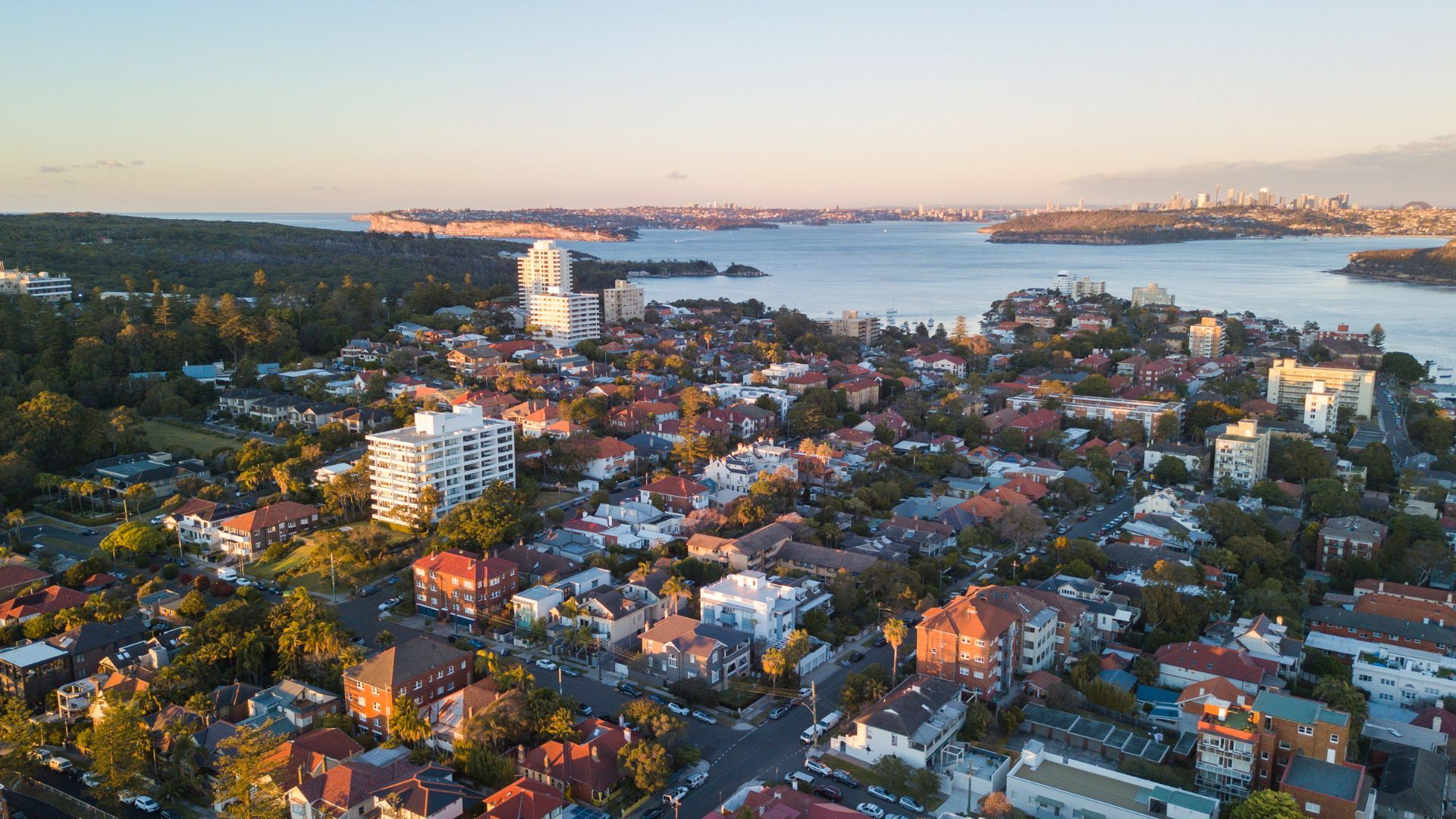
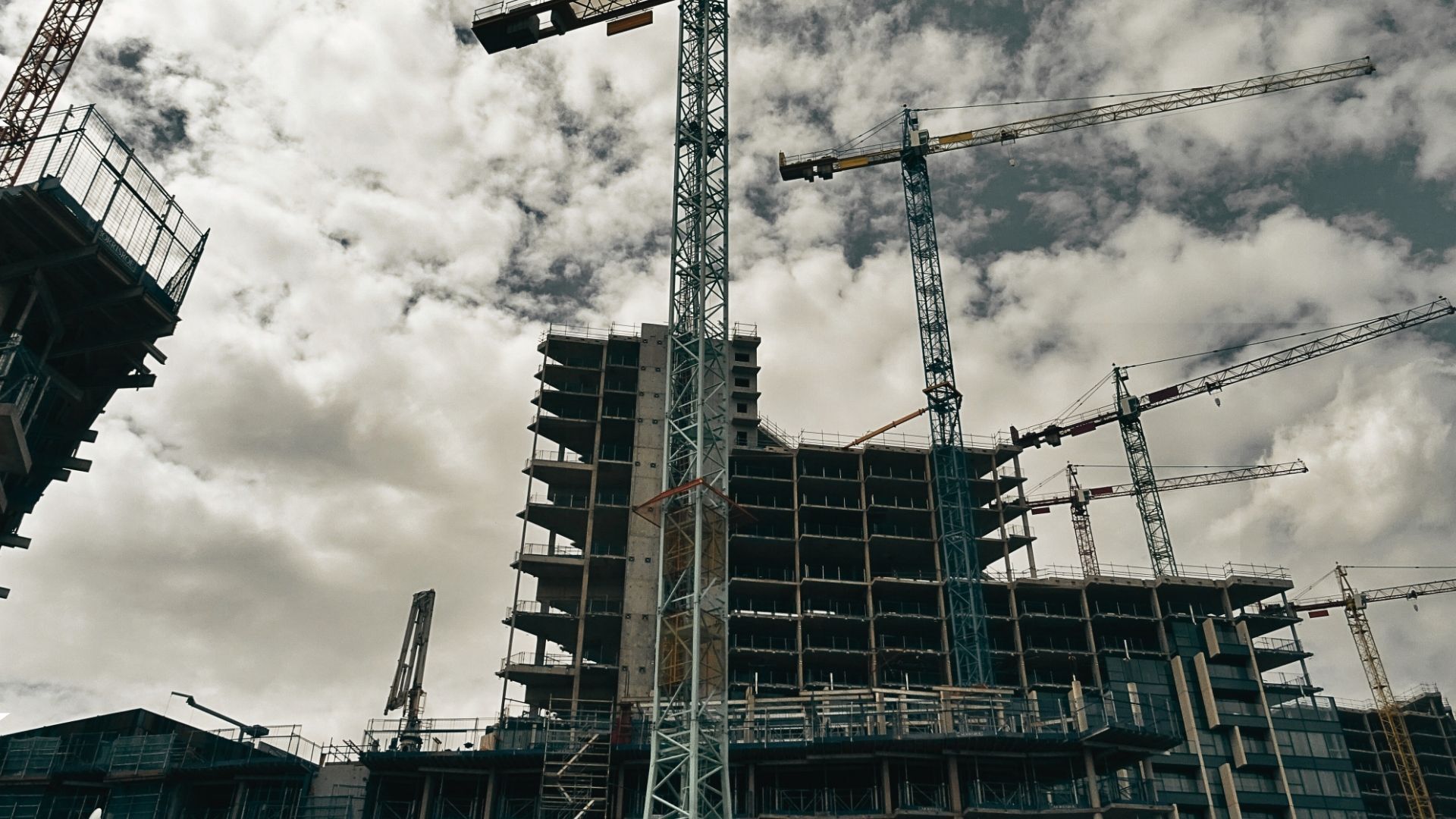
.jpg)



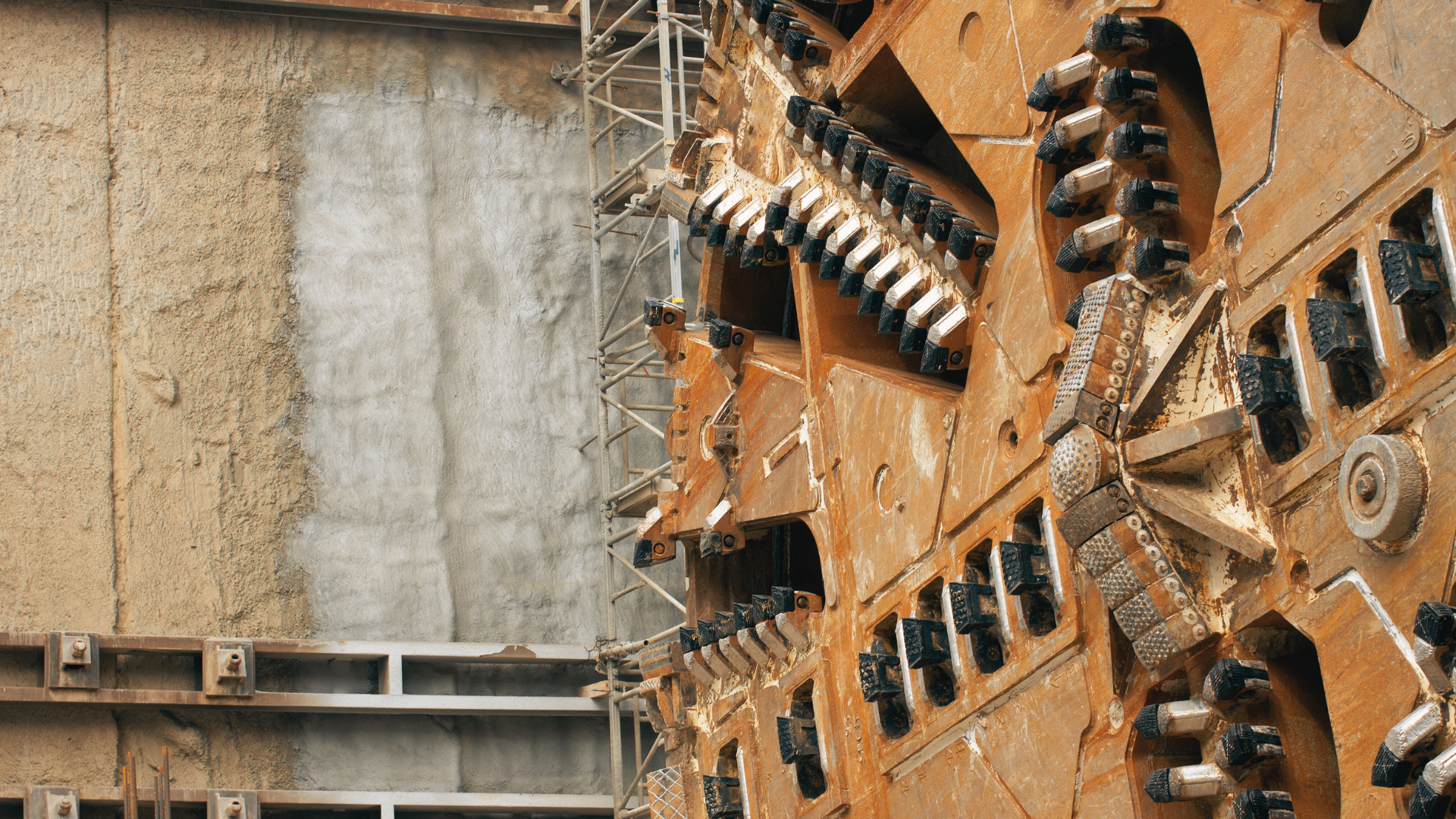
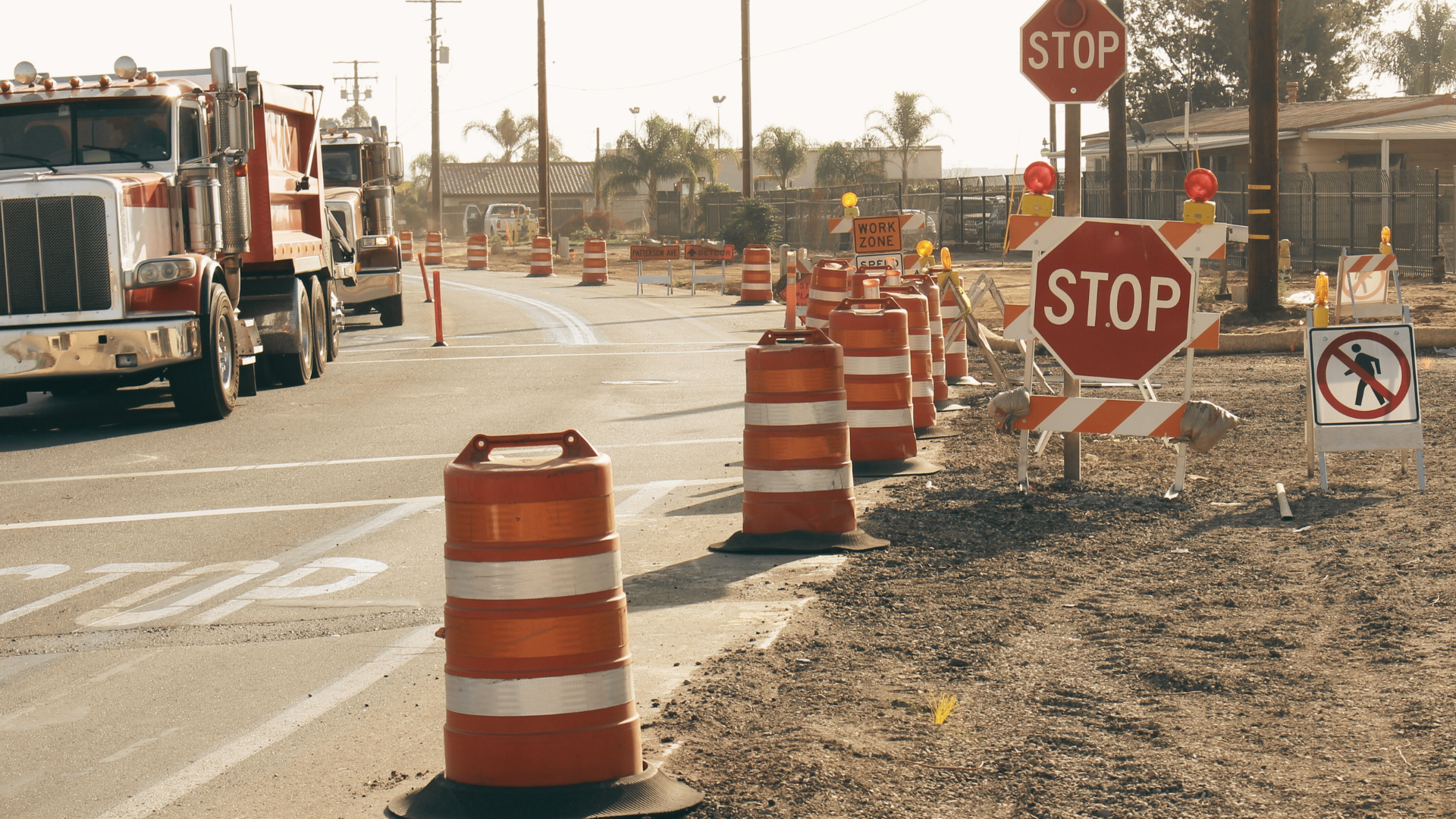

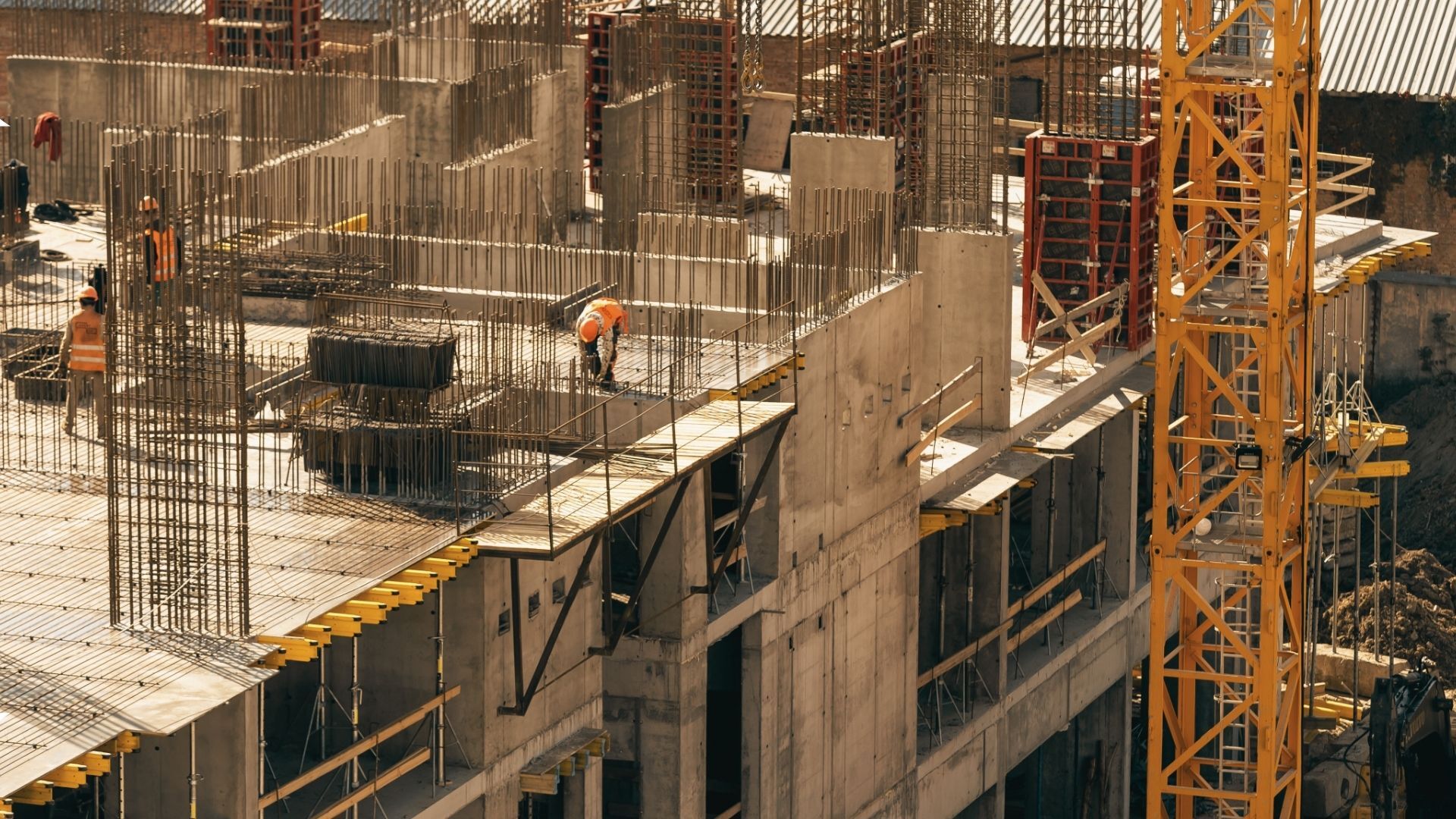

.jpg)

